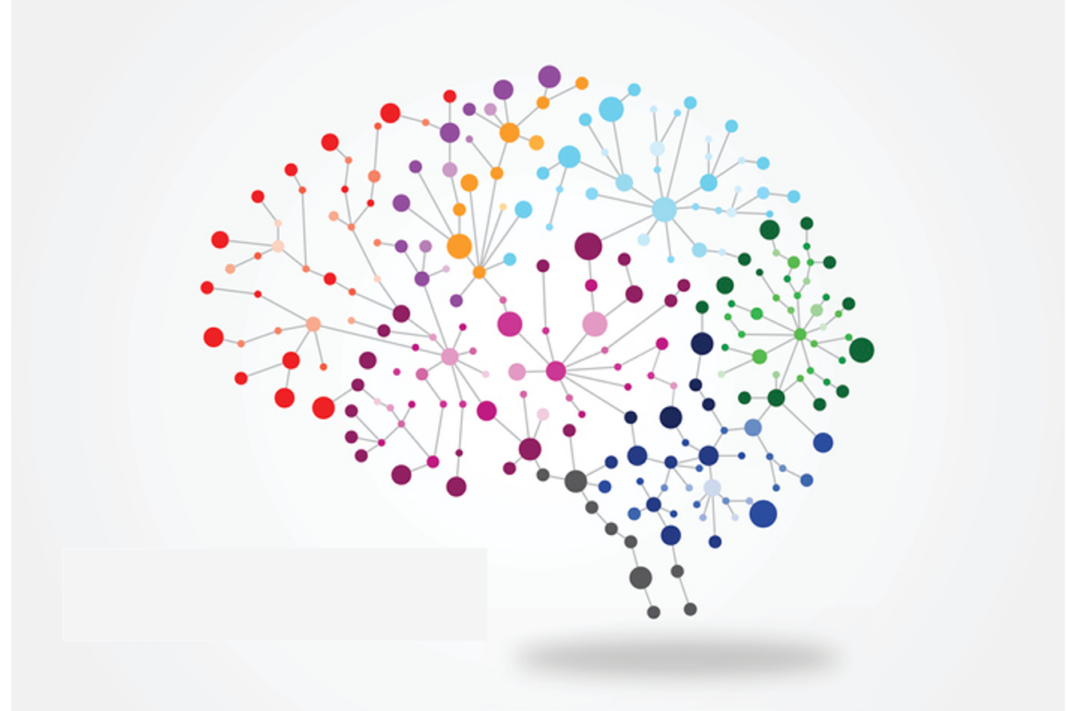By: Julianna LeMieux, PhD
Tackling simple questions is not Nevan Krogan’s thing. Over the past few years, his research has focused on COVID-19, cancer, and most recently, autism spectrum disorder (ASD). As a professor of cellular molecular pharmacology at UCSF and director of the Quantitative Biosciences Institute (QBI), Krogan, PhD, develops technologies to establish protein-protein interaction (PPI) maps of different diseases.
This week, Krogan’s group posted a preprint describing a PPI network involving 100 ASD risk genes. The study, titled “A Foundational Autism Protein Interaction Atlas Reveals Molecular Convergence”, is posted on bioRxiv. The work provides insights into the molecular mechanisms of a subset of individuals with ASD who carry specific genetic mutations, and this map—the first map of its kind ever created for any neuropsychiatric disorder—provides a window into the development of novel therapeutics for those living with the condition.

Krogan’s focus is using quantitative biological approaches to study complex biological phenomena. “What we’ve been developing here at the Quantitative Biosciences Institute over the last several years,” Krogan told GEN, “are a suite of technologies that are disease agnostic.” The same technology, he said, can be used to study SARS-CoV-2, cancer, and autism. But what is even more exciting to Krogan is the overlap that emerges across different disease. Looking only at the genes, Krogan asserted, without knowing anything about the proteins, does not make the connections. But, looking at biology with a different lens allows for a quantitative network analysis which reveals the overlap across different disease areas.
It may not be the same genes and proteins, he explained, but the complexes, pathways, and science are similar. Typically, those connections remain hidden because science is siloed; the cancer center is on one end of the campus and the neurodegeneration research center is on the other end. But making these connections is, he thinks, going to lead to discoveries across many disease areas.
Uncovering autism
There were a number of genes identified in ASD but “it’s kind of stopped there,” noted Krogan, with no greater insights or therapeutic advances. However, the research in genetics has laid the foundation to study ASD using PPI networks.
Through the sequencing of roughly 12,000 autistic individuals, 102 genes and corresponding mutations had been identified. Krogan’s group tagged and purified the hundred proteins individually. By uncovering which proteins these proteins are interacting with, they built a larger map of about a thousand proteins with a high degree of connectivity—converging on specific complexes or pathways. Rather than looking at 100 genes, they were looking at 10 pathways. Then, using AlphaFold2, they predicted which proteins were touching. If a mutation had an effect on an interaction, Krogan explained, and AlphaFold2 predicted that those two proteins are directly touching at the region where that mutation is, now we know where to focus.
The researchers then leveraged a suite of technologies: mass spectrometry, CRISPR-based genetics, neural organoids, cryo-EM, and AI to reveal insights across some of most challenging areas of science and human health.
The protein-protein interaction network outlined in this study showed coalescence on specific protein complexes, enrichment in human neural progenitor cells, excitatory neurons, and microglia, and suggests neurogenesis, chromatin modification, and synaptic function as convergent mechanisms in ASD.
One specific area of focus was on FOXP1—a gene previously linked to ASD. The researchers found that it was disrupting an interaction with another FOXP4. When this interaction was explored experimentally in organoids, the phenotype of an increase of subplate neurons emerged. Interestingly, this same phenotype is associated with autistic individuals. Whether this is a good drug target for autism remains to be seen. But Krogan asserted, “I guarantee you one of these is gonna be looking pretty good.”
From PPIs to drugs
The drug discovery world needs new targets badly, said Krogan. And, he said that they are “laying the blueprint of how all disease should be studied.” It is, he added, the first test case of going from soup to nuts. Now that they have all of the pieces together, they can focus on other disorders like schizophrenia, OCD, anxiety, cancer, neurodegenerative disease, and heart disease.
Turning this research into drugs is the work going on at Rezo Therapeutics—a company spun out of QBI and located just across the street. The current focus at Rezo is cancer, based on Krogan’s previous research, but hopes to extend to other disease areas.
Krogan noted that shifting the thinking from genes to complexes is how to move closer to the biology. “We have to stop thinking so reductionist in biology and drug discovery and get to the protein complex level to look at things a little differently,” he said. Researchers need the tools, he added, but they also need to have the right mindset. There’s still a wide swath of the scientific community that thinks: one PhD student, one gene. “But we have these other tools. Why don’t we look more globally and unbiasedly to help inform what that individual gene or protein is doing?”
And where will the Krogan lab use those tools to look next? He pointed to viruses as their next focus. Specifically, monkeypox, vaccinia, and trying to use interaction data to be predictive of what the next zoonotic event is going to be. For Krogan, just another simple problem to be answered.


